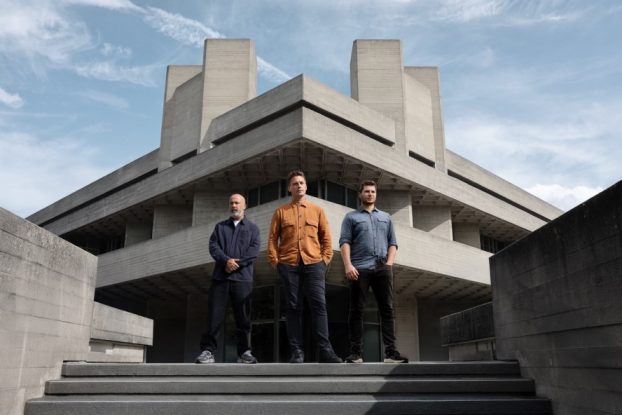Gold medal-inducing nationalism aside, hockey is no longer Canada’s number one sport, if the tastes of our nation’s children are any indication.
You’ll still hear stories about overzealous hockey moms and dads, of course, but kids in this country are more likely to be found playing soccer, watching TV, playing video games or hanging out at the mall than actually shooting pucks.
This has put Maple Leaf Sports & Entertainment, which owns the Toronto Maple Leafs (and Raptors), on the defensive. If the next generation isn’t wild about hockey, the brand will start leaking customers to other sports and pastimes.
To protect the brand, the company has adopted a two-part strategy: Part one is to grow the current fan base by luring fresh Gen Y faces to the rink through sponsorships, in-school programs, digital TV and the Internet. Part two is to maintain the base by encouraging season ticket holders to pass the torch to their kids.
‘Ten or 15 years ago, hockey in this country was a no-brainer,’ says Tom Anselmi, Maple Leaf’s SVP, business. But times have changed. A combination of factors, including multiculturalism and an increase in the choice of kid-based activities, means that hockey’s fan base is far less guaranteed than it was years ago. ‘We don’t take it for granted like that anymore,’ he says.
Though the team is currently hot – and tickets are actually difficult to come by – the company is investing hundreds of thousands of dollars and plenty of resources into hockey development to ensure that tomorrow’s arenas are equally full.
‘We’re very mindful of the Y generation,’ says Richard Peddie, president and CEO of Maple Leaf Sports, referring to the teen demographic group that’s just edging into its early 20s. ‘We know that in 2010, they’ll be the ticket-buyers.’
To keep the stream flowing, the organization not only targets teens and 20-somethings, but also aims for younger kids as well. Peddie says research has indicated that adults are more likely to be passionate about a sport in which they participated as children, so the organization, with the help of select sponsors, has increased its community relations efforts to turn kids on to hockey.
For example, Esso Street Buds provides the equipment and infrastructure to play organized off-ice hockey, while the Bell Youth In-Line Hockey League allows children in Toronto to play rollerblade hockey during the summer months.
Maple Leaf also produces the TD Waterhouse Leafs @ School program, an extensive teaching unit incorporating math, social studies, the arts, health and phys-ed – all taught in a hockey context to appeal to the kids and clarify complex ideas. There are 75,000 students participating in the curriculum, which is accessible at www.leafsatschoolcom.
Besides direct community involvement, Peddie says that the team’s Web site – which underwent a million-dollar relaunch this year – also aims to capture the next generation of fans. While they don’t know how many of the 60,000 people who signed up for daily e-mails from the site are under 20, Peddie says that the medium is definitely one in which younger people participate.
‘We know that the young kids are on the computers as much as they [watch] television,’ he says. The company views both the Leaf Web site (www.mapleleafs.com), and the franchise’s new digital channel as brand extensions and tries to treat them as such, says Peddie. ‘We build the brand into everything.’
The second part of the Maple Leaf defensive is to maintain subscription levels by targeting those already in the arenas. To that end, the company launched a 75th anniversary campaign this year, called Generations, that focuses on passing along the hockey torch.
The campaign’s objective is to create fans for life – and beyond – by encouraging ticket-holders to pass their seats down from one generation to the next (seats are commonly willed, according to the company), ensuring that the team has an audience well into the future.
Aimed at the more than 40% of season seat-holders who pre-date 1970 (especially the 20% who pre-date 1950), the Generations campaign revolves around photographs and anecdotes submitted by Leaf fans. These fond hockey-related memories are featured on the season tickets creative and packaging.
‘We want to continue to strengthen the loyalty we have in our customer base and aid the transition into long-term ticket holders,’ Anselmi says.
While the initial response has been good, solid results for such a long-term strategy won’t be in for a decade or two yet. ‘This is soft stuff – you could cut it all out and you’d still sell the same number of tickets tomorrow night,’ says Peddie. ‘But the legacy we want to leave is not selling out next year, but selling out 15 years from now.’






















